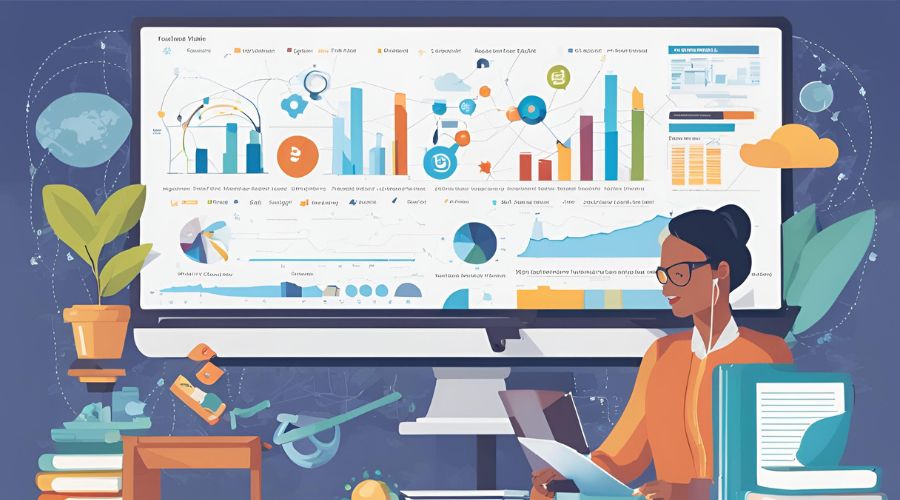Data science is among the most promising occupations in this technological world, having great scope for exciting opportunities in almost every industry. Where the demand for skilled data scientists is higher, the need to learn the required skill set effectively with flexible modes of learning is also higher. Online learning has completely changed the face of education with maximum accessibility and personalization. In this blog, we go through some of the latest happenings in online Data Science education The latest developing innovations are going to set the future for learning in this domain.
Here are 5 key trends shaping the future of data science education online:
Trend 1: Personalized Learning Path:

Customization of learning: A certain initiative taken by an educationist to fit learning with particular needs, preferences, and skill levels of specific individuals. As such, the trend of data science keeps growing since algorithms in virtual learning platforms develop personalized learning trajectories. Now, the learner can choose courses and resources according to his background, interests, and career goals.
Trend 2: Engaging and Immersive Learning Experiences

Interactive learning is a major cornerstone of online learning these days. There is the integration of hands-on activities on platforms by coding exercises, simulations, and interactive projects, which raise engagement and depend on understanding. Such tools let learners apply theoretical knowledge to real life, making learning even more powerful. For instance, these projects involve the analysis of huge datasets, the building of machine learning models, or even the allowing of practical experience and problem-solving skills.
Trend 3: Microlearning and Modular Courses:

Microlearning has been one of those buzzwords coined to explain learning in brief, chunk-sized pieces that learners are capable of handling. That is highly appropriate for the modern, busy professional who can barely fit in time-consuming learning around the edges of an already overcrowded schedule. Other online platforms provide courses that are even more modular and focused on particular skills or topics like data visualization and predictive analytics. These short-focused modules make learners grasp new skills without investing time in some long and comprehensive program.
Trend 4: Integration of Artificial Intelligence and Machine Learning:

AI and ML are just tools for learning, not the subject of learning itself. Online learning platforms apply AI in their system to applications ranging from recommendations for personalization to automation of some administrative tasks and intelligent tutoring. In so doing, the AI-powered tools would scan through performances, recommending resources or adjusting study plans for that lone particular learner. AI and ML combine at this point, enhancing effectiveness for the personalization of learning.
Trend 5: Community and Collaboration:

Modern-day learning has now become a collective affair. The communities that will form along virtual learning platforms enable the learners to interact with each other, share ideas, and work on group projects. These provide an avenue for forums, discussions, and group projects that enable the interchanging of ideas among students, peers, and mentors, thereby making the learning process more rewarding. Through collaboration, learners can observe the other dimensions of an idea and build at the same time a network of professional contacts that may at some point in their careers be useful.
Conclusion
The future of education in data science looks brilliant, where online learning trends make education more personalized, interactive, and available. With time, trends and technologies in methodologies and tools available to learn about data science keep changing. Embracing such trends would always keep one well ahead in the dynamic field and closer to one’s desired career goals. This would provide an integrated Data Science learning journey brought together by personalized learning paths, interactivity, microlearning, AI, and community engagement. For more tech information, visit www.Gurucent.com
FAQs:
1. How do select the right online Data Science course from so many available options?
To begin with, outline your current level of knowledge above all, and career goals more than anything else. You may try finding courses with a personalized learning path either focusing on weaknesses or in the field one would want to specialize in.
2. How much time shall I invest in learning Data Science Online?
It all depends on what one wants to achieve and the nature of the course structure. You may use a few hours a week for basic understanding, while advanced learning might require much more than that.
3. Do online data science certifications hold any value in the job market?
In other words, a few online certifications from reputed platforms, reflecting your competency in certain areas of data science, mean much more than you would have foreseen. To say the very least, they do make your resume rather attractive to any employer.





